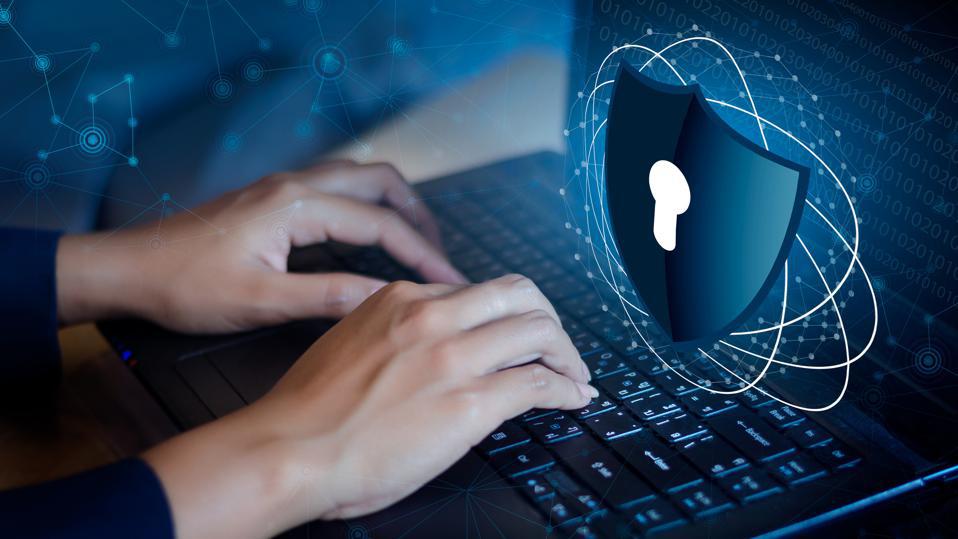Cybersecurity dangers to businesses security threats are more prevalent than ever. According to Verizon’s 2022 Data Breach Investigations Report, ransomware attacks are rising by 13% annually, which is more than they did over the preceding 5 years combined. Businesses have used a variety of cybersecurity tools to build a network of ongoing surveillance.
Attacks, though, keep slipping through the cracks. Attack surface management is difficult in practice, and many businesses overlook the fundamentals. Here are the top 5 security risks that businesses must make sure their solutions for managing the attack surface can mitigate.
Phishing
Phishing still tops the list of the most frequent attack vectors despite countless security training programs and awareness exercises. The complexity of phishers is one factor. Security administrators used to be concerned about emails containing malware links or Trojan horses.
Nowadays, phishers target employees by making use of theories like multifactor authentication (MFA) fatigue. For instance, a phisher might bombard an unwary employee with authentication requests before asking them for their credentials to cease the bombardment.
Since they believe their credentials are being shared with IT security, the employee happily gives up their credentials. This situation occurred in the recent Uber data breach, where the hackers used stolen credentials to publicize the hack in an internal Slack channel.
Through simulated drills and attacks, security drills must concentrate on teaching users how to respond to questionable requests. Simple awareness is no longer sufficient.

Errors in 5G Configuration
Businesses are quickly updating their infrastructure to support 5G. A big draw is the assurance of higher bandwidth and support for rich media. However, 5G is still in its infancy and has a number of weaknesses. More critically, there are security issues associated with the migration to 5G from traditional networks.
READ: Geometry Dash User Levels
One of the most frequent security flaws in 5G migration efforts is configuration mistakes. Most businesses employ a variety of apps, each of which has its own setting issues. The IT infrastructure of the typical business is a confusing web of microservices and API requests. It takes a lot of work to analyze each entity’s setup requirements.
The best strategy is to piecemeal move each service and software a business uses to 5G after doing an audit of them. Enterprises must prioritize urgency and competitive efficiency, but they must not sacrifice security in the process.
Use of the Cloud Jacking Secrets management tool has grown recently, and for good cause. Enterprise development timelines are dominated by DevOps pipelines. This approach focuses on using automation and tools to quickly release code. Security, however, is not taken into account in DevOps.
Outdated waterfall
The majority of organizational security postures still use outdated waterfall models with pre-scheduled security checkpoints. Since code changes too quickly for security to keep up, this approach is useless. As a result, untested code enters production.
Even worse, code frequently contains hard-coded credentials that services require to provide output. To save processing times, developers might, for example, hard-code access credentials for cloud containers. One shouldn’t be shocked by the increase in cyberattacks given these habits.
Automating credential management enables businesses to implement a security posture that is dynamic and keeps up with their DevOps initiatives. These technologies also prevent the chance of an attack on cloud infrastructure because the code will no longer make use of authentication credentials.
Breach of IoT

IoT devices are the driving force behind businesses producing more data than ever. Businesses use IoT data to improve anything from production efficiency to customer behavior. Since this data can be either structured or unstructured, they frequently provide storage issues.
Read on to learn about four advantages of a mobile command center.
To improve efficiency and spur insights, these datasets must also be exchanged among other systems. The difficulty of moving data between systems is where bad actors intrude to damage networks.
Businesses must keep an eye on their IoT infrastructure’s hardware and software. IoT hardware is susceptible to faults and physical attacks. The majority of cybersecurity frameworks only take into account the impact on software, ignoring hardware penetration. Businesses must make careful to stay away from this error.
Deepfakes AI
The usage of deepfakes AI as weapons is growing, and most attack strategies incorporate AI in some capacity. The systems of an enterprise will be kept up with by ongoing security monitoring. Deepfake content is a more cunning type of AI cyberattack, though.
Modern AI is capable of gathering information that is freely available, processing it, and creating a person’s image while attributing words they never spoke. The Pentagon has taken notice of the threat posed by deepfake videos. It is safe to say that businesses must also be concerned.
For instance, an attacker might pretend to be a top executive from a corporation over the phone and demand credentials, or they could utilize these techniques to get confidential information from coworkers. In order to verify that nothing unusual is happening, an attack surface tool must take into account the surge in deepfake usage and continuously monitor network traffic.
Numerous attack methods and options
Although the situation with cybercrime may appear dire, businesses can use a number of strategies to get beyond these obstacles. Most security concerns can be greatly reduced by making sure the attack surfaces specified in this article are protected.

